Double the Fun! Pieced Quilt Backs

You’re done with the hard work of making a quilt top. It’s understandable if you just get a wide backing for the opposite side and finish it up quickly. But if you take a little extra time to piece the back—just a section or the entire thing—it can turn your quilt from a pretty cover into a dynamic, two-sided work of art with a life and personality of its own.

Unless I’m in a huge rush to meet a deadline, I always do something for the backing of my quilts. This makes them double-sided and to give the back a little sprinkling of the front’s personality. This is inspired by my friend and former coworker, Lori Baker, and her pieced quilt backings, as seen above.
I like using up the fabrics from the front, or any extra blocks or units that weren’t needed. It’s fun and always a pleasant surprise to see that extra touch. And it makes each quilt super-special and one-of-a-kind, whether it’s pieced all over or just in a section or two. It’s also a great way to try out something different or new. It’s no big deal, it’s just the back (as Lori says).
Some Examples
Several of my quilts have patterns available for the front, but they’re interesting on the back, too! I’ll take this opportunity to share a few with fun designs on both the front and the back. You really can get so creative with the piecing on the back if you want to.
Impulse

Impulse is special to me because it was on the cover of Quilter’s Newsletter back in 2015 (April/May, specifically). What an honor! The front is well-organized, made from precut 2½” strips, precut 5” squares and little pieced scraps from an earlier project.

But the back of Impulse is all over the place! It’s the opposite of organized! I just used up whatever patches and pieces I had on hand (keeping the rich jewel tone palette in mind) and sewed them together without any planning. I couldn’t fit the whole back in the frame, but you get the idea.
Digital Geode

Digital Geode is all about half-rectangle triangles, which are a little more complex than their popular cousins, triangle-squares (or half-square triangles). And it’s also very much about color!

The back is all about color, too, but in a different way. I was lucky to have these old panel print squares from Robert Kaufman in my fabric stash. I love a panel in a backing because it’s an automatic large area of interest that can be surrounded with plain borders or piecing.
Glimmer Glow

Glimmer Glow’s front came together relatively quickly, using precut 2½” strips in the ever-popular Ombre prints by V & Co. and Grunge Hits the Spot collections, both from Moda Fabrics.

The back was quick, too; I just sewed the remaining strips together with some yardage. I had enough yardage for the back, but it’s more fun with the leftover strips, don’t you think?
Weaveworld

Weaveworld is a really fun design, with lots of little units used to make the big blocks. I’d love to see this with a really deep, dark background, too—maybe with glowy Kaffe Fasset prints as the ribbon-like elements.

Some of those little units were left over, along with some excess patches, so I arranged them in a row and put the row right in the middle of the back. Since I would have had to join two lengths of yardage with a horizontal seam anyway, why not add a little pieced insert in that seam and make it way more interesting? Pieced quilt backs doesn’t have to mean pieced all over: Just a bit can make a big difference.
Snail Spiral

I made Snail Spiral just using fabrics from my stash. It was really fun to go through and choose various colors, prints and values to create the design.

For the back, I also used whatever I could find from my fabric stash. I did not have enough of any one fabric, so I used lengths of what I did have, along with a few spare fat quarters. I made a few extra triangle-square units so I could make a cute heart and house, just for fun.
These are just a few real-life examples of my own work (I’ve got more if you’re interested, LOL!), but there are so many ways to incorporate this idea into your own quiltmaking. Just use the same rules for piecing that you do on the front—consistent ¼” seams, make sure it lays flat and use quilting cotton as much as possible, so it won’t shrink more than the front when washed. No pattern needed, no matching points or seams, as much or as little planning as you like, and a path paved with possibilities—it might just be a quilt back, or it might be a creative breakthrough! Happy quilting!
Originally published, 2018; updated on April 09, 2024.
Enjoying this article? Sign up for our newsletter!
From our Shop




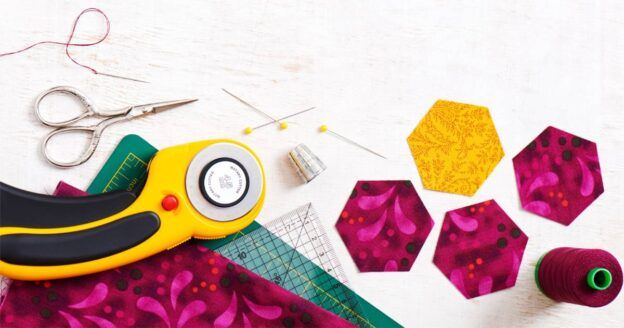
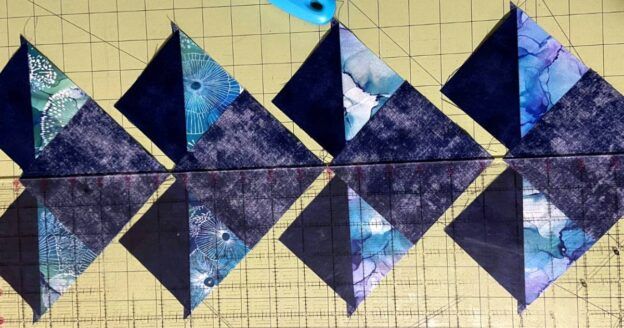

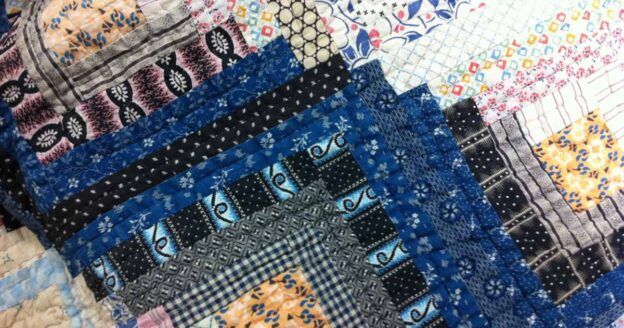
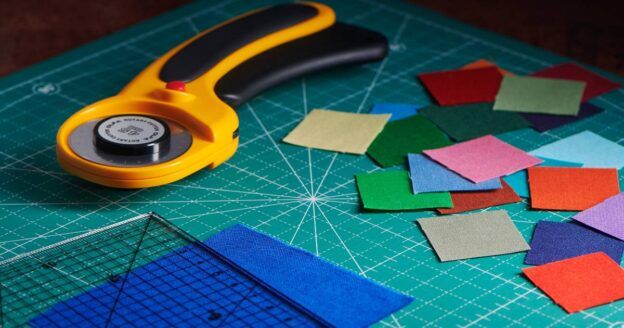
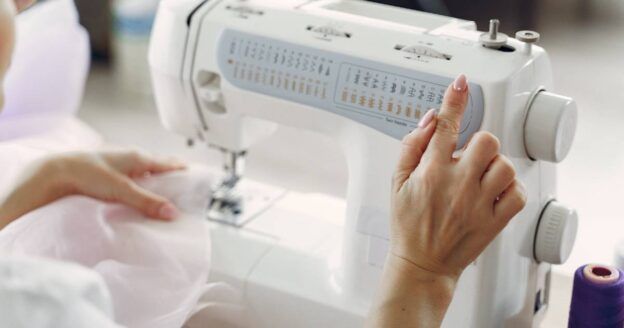
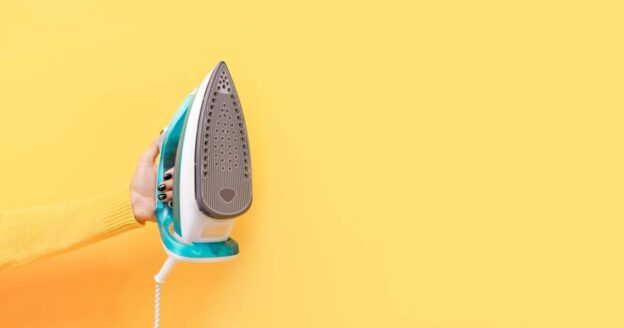
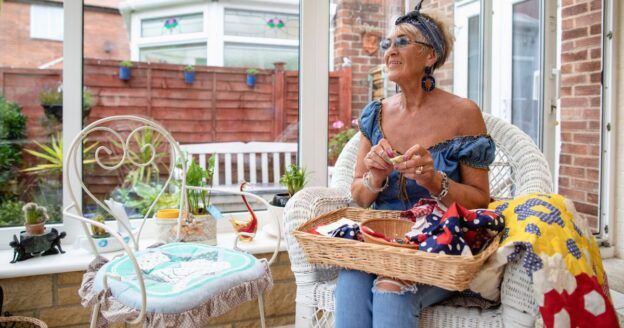
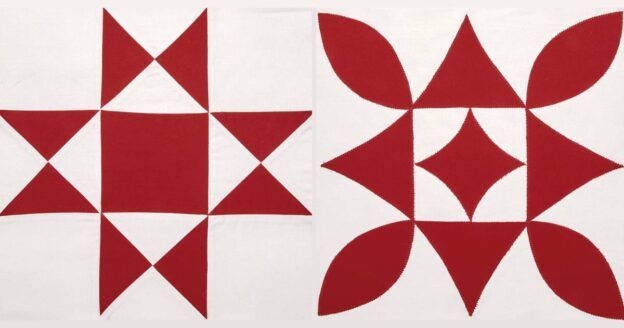
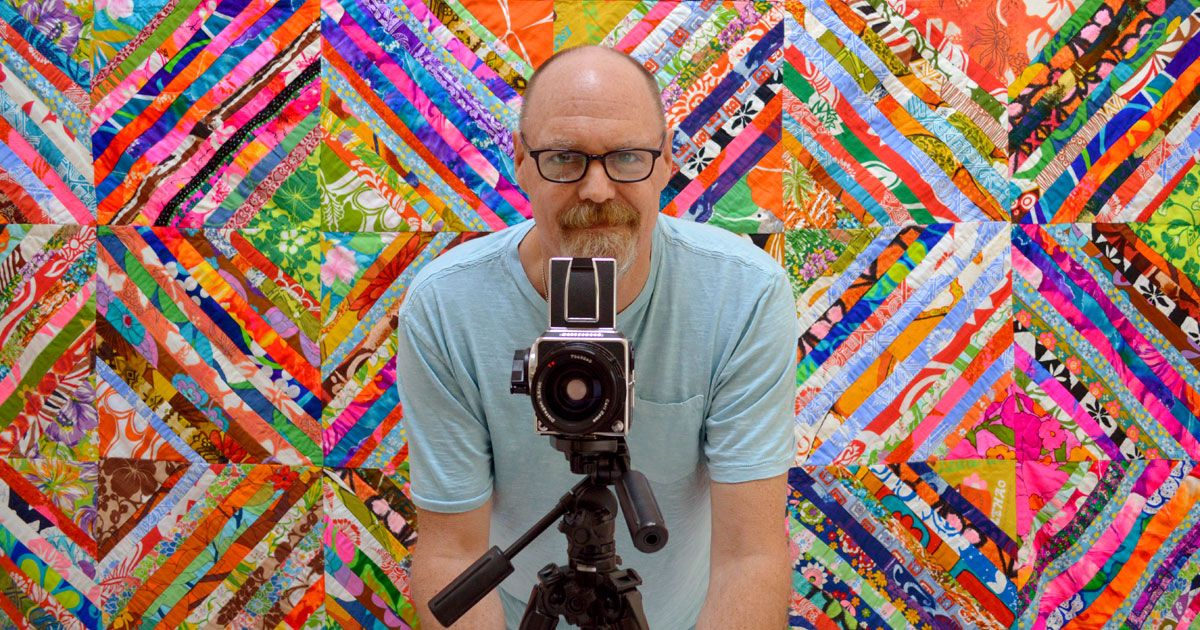
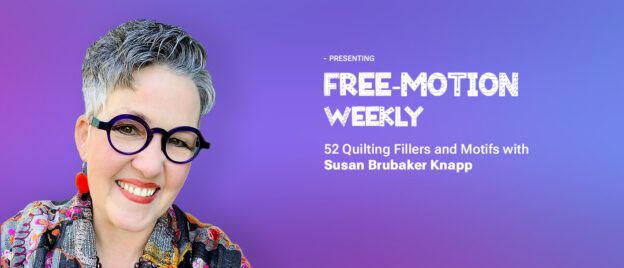
I love a good pieced back and really enjoyed the ones you showed here! There’s no reason the back can’t be as interesting as the front. It also provides a great opportunity to piece in a label area (which you can also have fun designing) and this way you have a space all ready for documenting the quilt when it’s done and it’ll be quilted in so no chance of it being removed.